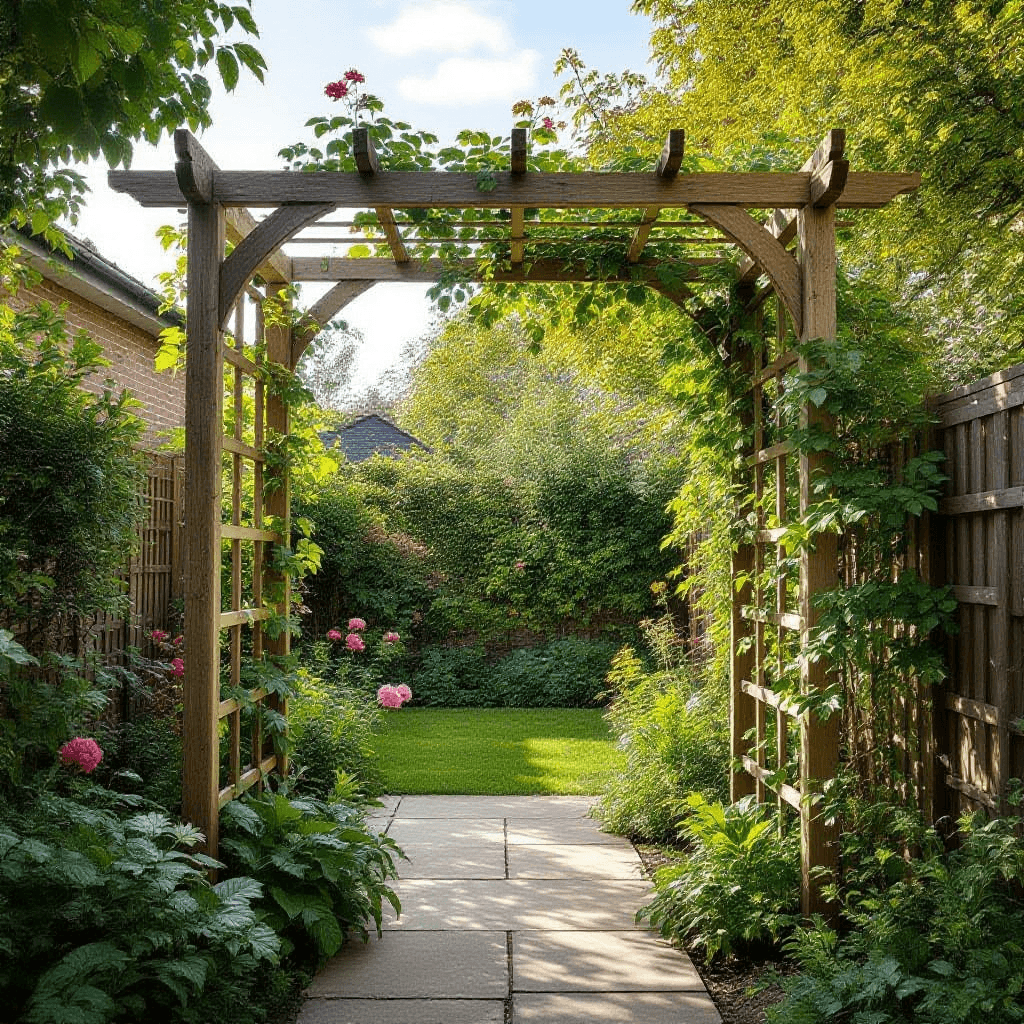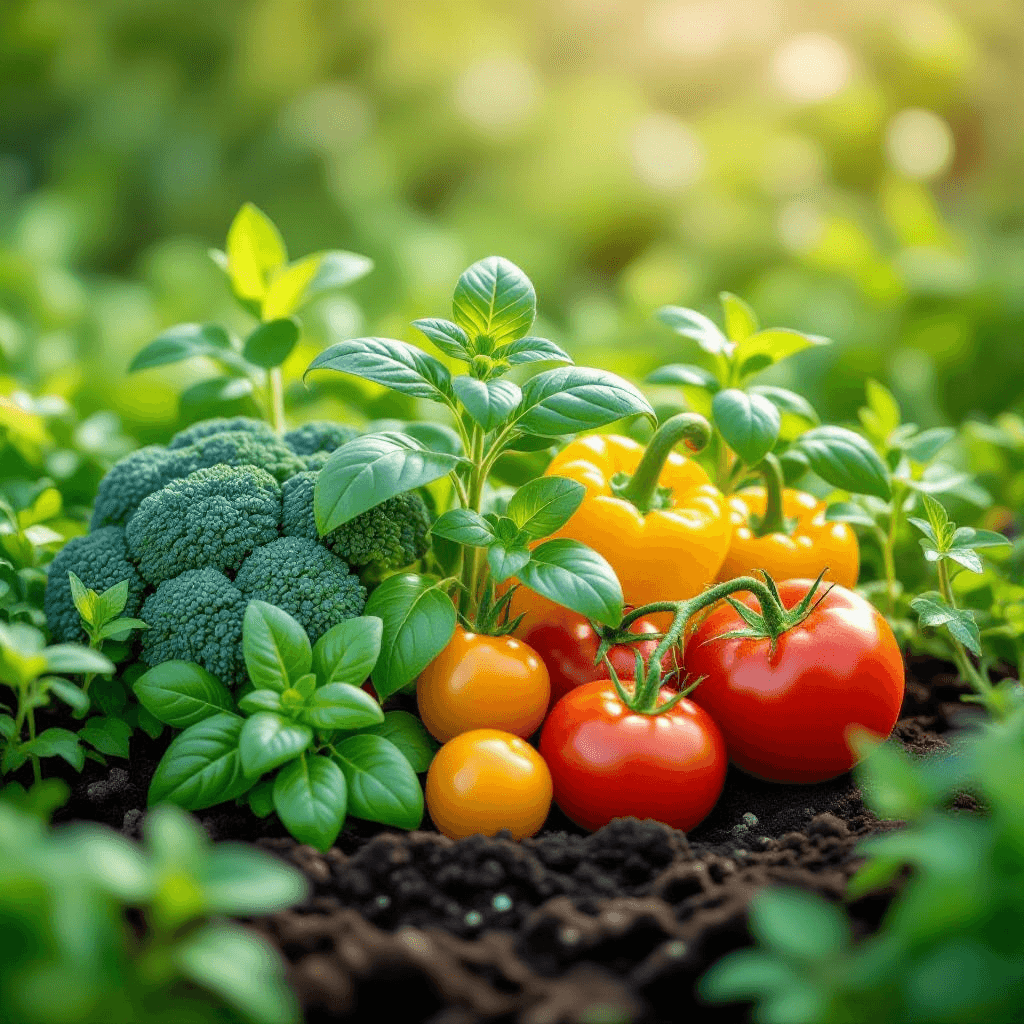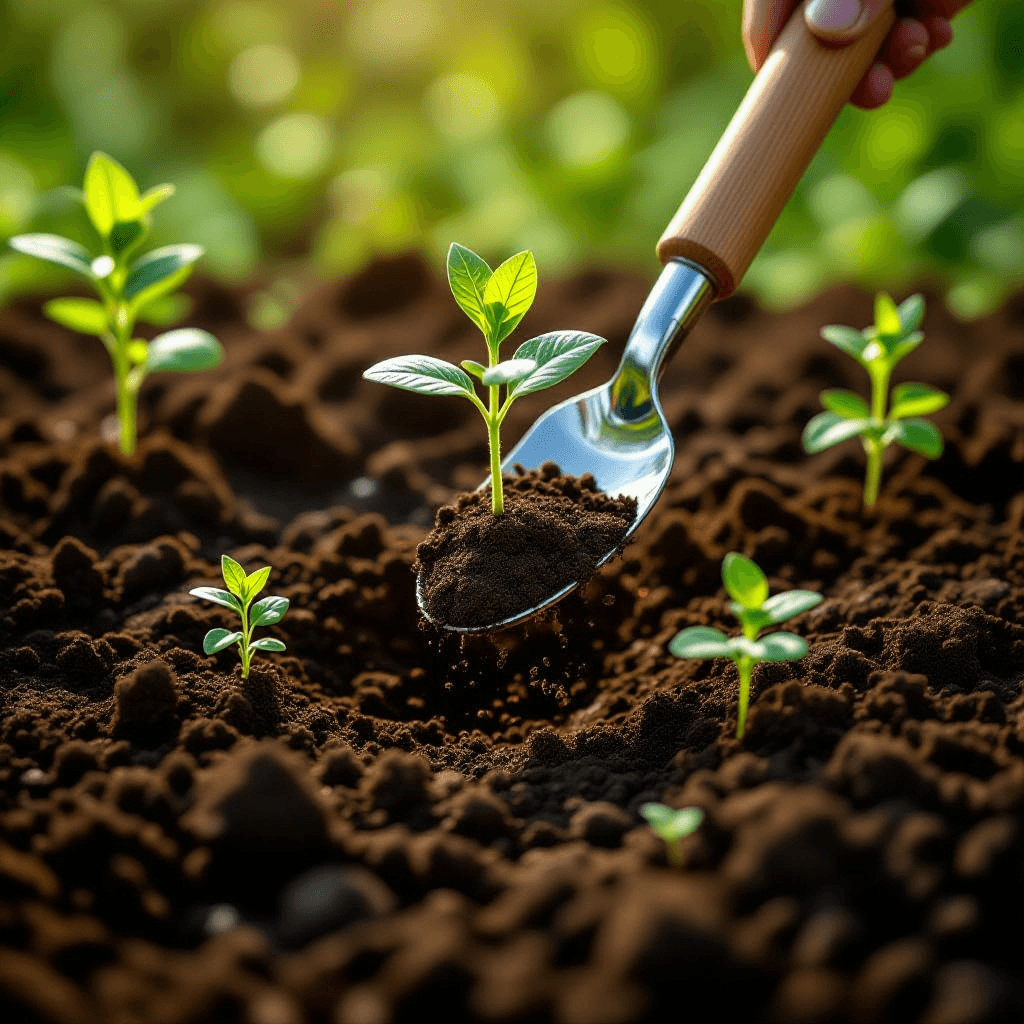Understanding the Importance of a Trellis
A trellis serves as a vital structure in gardening, particularly for supporting climbing plants that require vertical growth to thrive. The use of a trellis maximizes available garden space by allowing plants to grow upwards rather than spreading horizontally. This vertical growth pattern opens up the ground for other plants, thereby optimizing the use of soil and enhancing the overall productivity of the garden.
Moreover, a trellis significantly improves air circulation around the climbing plants. Good air circulation is essential for plant health as it reduces the risk of fungal infections and other diseases that thrive in stagnant, humid conditions. By allowing plants to ascend towards the sunlight, a trellis also increases sunlight exposure, which is crucial for photosynthesis and overall growth. Sunlight is particularly important for fruit-bearing climbing plants, such as cucumbers and beans, which benefit from direct light to mature more effectively.
Aesthetically, a trellis adds visual interest to garden landscapes. It can serve as an attractive focal point, creating vertical lines and adding texture to a garden’s design. Plants such as peas, tomatoes, and flowering vines like clematis and morning glories can create a vibrant display when trained on a trellis, enhancing not just the functionality but also the beauty of the outdoor space.
Specific climbing plants, including grapevines and climbing roses, gain substantial benefits from being supported by a trellis. Grape vines can produce higher yields when grown vertically, while climbing roses enjoy better air circulation and exposure to sunlight, promoting healthier blooms. Each of these plants showcases the advantages of utilizing a trellis, making it an essential tool for any gardener looking to support climbing plants and maximize their garden’s potential.
Choosing the Right Materials for Your Trellis
When building a trellis, selecting the right materials is crucial for ensuring the structure can adequately support climbing plants. A variety of materials are available, each with their own advantages and disadvantages that can impact the longevity, aesthetic appeal, and functionality of the trellis.
Wood is one of the most commonly used materials for trellises. It offers a natural look that blends well with most garden designs. Cedar and redwood are popular choices due to their natural resistance to decay and insects. However, wood may require regular maintenance, including sealing and staining, to extend its lifespan. Additionally, under heavy weight, wood can warp over time, which may affect the support it provides.
Metal is another viable option, with aluminum and wrought iron being the most prevalent choices. Metal trellises are typically very sturdy, making them suitable for heavier climbing plants. They also require less maintenance compared to wood, as they are not prone to rotting or insect damage. On the downside, metal can heat up under the sun, potentially harming sensitive plants. Moreover, they may not offer the same organic aesthetic as wood unless painted or treated appropriately.
Vinyl is a more modern option that has gained popularity due to its durability and low maintenance requirements. Vinyl trellises are resistant to fading, rust, and rot, making them ideal for a variety of weather conditions. However, they can be less sturdy than wood or metal, which may limit their use for larger, heavier climbing plants. It’s also essential to consider the environmental impact of the materials, as certain plastics may have ecological downsides.
Ultimately, the choice of material should depend on the type of climbing plants you intend to support, their growth habits, and your willingness to perform ongoing maintenance. Balancing durability, aesthetics, and environmental concerns will help you create an effective trellis suited to your garden’s needs.
Step-by-Step Instructions for Building a Trellis
Constructing a trellis involves several key steps that transform your vision into a functional support for climbing plants. Begin by assessing the area where you intend to place your trellis. Ensure the location receives adequate sunlight, as this is vital for the growth of climbing plants. Take measurements of the area; a standard trellis size is often around 6 to 8 feet in height, but adjust based on your specific plants and garden layout.
Next, gather the necessary tools and materials. You’ll require wooden or metal posts, crossbeams, nails or screws, a hammer or drill, a level, and a measuring tape. Additionally, plan for any decorative elements or supports that may enhance the aesthetics of your garden. Once your materials are ready, begin with the foundation.
Mark the positions of the posts by measuring and using a stake or spray paint, ensuring they are evenly spaced. Dig holes for the posts at least 2 feet deep to secure them firmly. For a more sturdy construction, consider setting the posts in concrete. This will provide added stability, especially in windy areas.
After the posts are in place, attach horizontal crossbeams at the desired intervals. For optimal support, place these beams 12 to 18 inches apart, depending on the growth habits of your climbing plants. Use a level to ensure the beams are straight. Secure them using nails or screws, ensuring they are tightly fastened to the posts.
Finally, install any additional support systems, such as diagonal bracing or netting, to guide plants as they grow. Once everything is assembled, double-check that the structure is stable before replanting or installing climbing plants. Proper care in the installation process will ensure that your trellis serves as a robust support for thriving vegetation in your garden.
Maintaining Your Trellis and Supporting Climbing Plants
Proper maintenance of your trellis and the climbing plants it supports is crucial to ensure both functional stability and aesthetic appeal. Routine inspections of the trellis structure are essential to identify any signs of damage, such as loose components or structural weaknesses. Early detection of these issues can prevent further deterioration and ensure that the climbing plants remain securely supported. Inspecting the trellis at least once a month during the growing season can help identify problems before they escalate.
In addition to structural inspections, regular cleaning is vital to keep both the trellis and the plants healthy. This involves removing debris, such as fallen leaves, which can harbor pests or diseases. It is advisable to use a gentle cleaning method to eliminate dirt or algae without damaging the trellis material. For wooden trellises, applying a protective sealant can also enhance longevity and resistance to rot and bugs.
When it comes to the climbing plants themselves, pruning is a significant aspect of their maintenance. Regular pruning encourages healthy growth and prevents overcrowding, allowing light and air to reach the leaves. Depending on the type of plant, this may involve trimming back overgrown stems or deadheading spent flowers to promote further blooms. Training climbing plants onto the trellis effectively is also essential; ties made from soft materials can be used to attach stems to the trellis gently while ensuring they are not constricted.
Seasonal care tips include adjusting watering and fertilization based on growth cycles. In spring, increased water and nutrients will support vigorous growth, while fall may require more protective measures against winter weather. Troubleshooting common issues, such as pests or unattractive growth patterns, can help maintain both the trellis and climbing plants in excellent condition. Addressing these problems promptly will ensure your garden remains a flourishing retreat.


